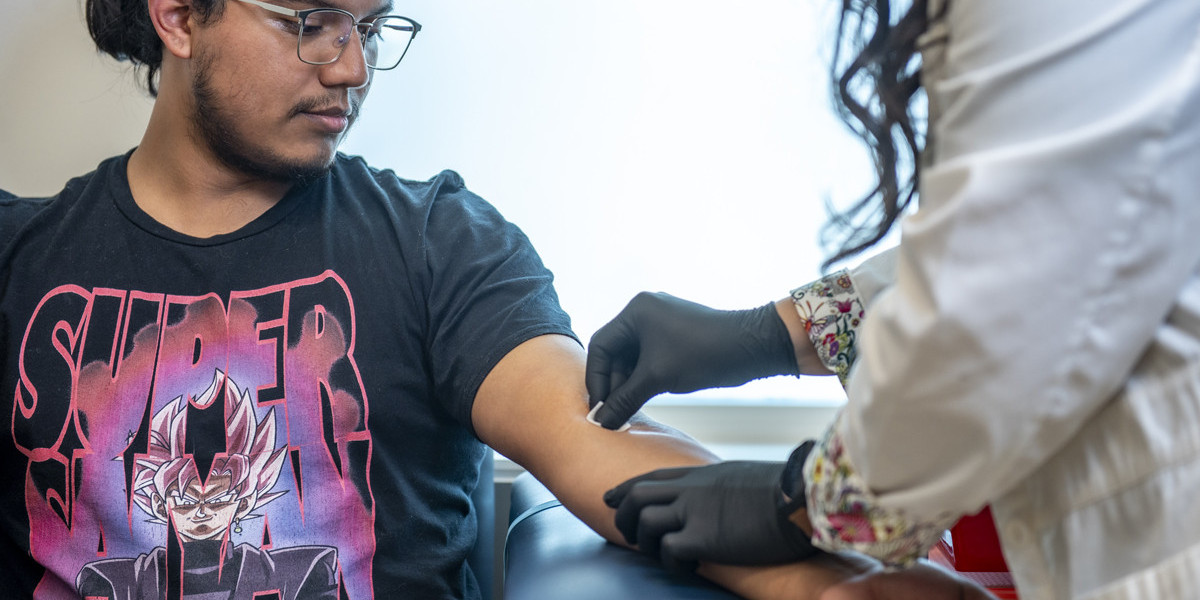Introduction
Walk-in clinics have emerged as a popular option for individuals seeking immediate medical attention for non-life-threatening conditions. These facilities offer a convenient alternative to traditional healthcare settings by providing prompt care without the need for appointments. In this comprehensive guide, we will delve into the concept of walk-in clinics, exploring their services, advantages, and how they are revolutionizing healthcare delivery.
Understanding Walk-In Clinics
A walk-in clinic, also known as a retail clinic or urgent care center, is a medical facility that offers basic healthcare services without the need for an appointment. These clinics are typically staffed by nurse practitioners or physician assistants and are equipped to diagnose and treat a variety of minor illnesses and injuries. Common services provided include treatment for colds, flu, minor infections, minor injuries, vaccinations, and preventive care such as screenings and physical exams.
Services Offered
Walk-in clinics offer a wide range of medical services to cater to the needs of patients. From routine check-ups to urgent care for minor injuries, these clinics provide accessible healthcare solutions. Some common services offered at walk-in clinics include:
Treatment of Common Illnesses: Walk-in clinics provide prompt care for common illnesses such as colds, flu, sore throat, ear infections, and urinary tract infections. Patients can receive timely medical attention and necessary prescriptions to alleviate their symptoms.
Minor Injury Care: In addition to treating illnesses, walk-in clinics also offer care for minor injuries such as cuts, burns, sprains, and minor fractures. Patients can receive wound care, splinting, and other necessary treatments without the hassle of visiting a hospital emergency room.
Vaccinations and Immunizations: Walk-in clinics offer vaccinations and immunizations for both children and adults. From flu shots to travel vaccines, these clinics help individuals stay up-to-date with their immunization schedules, promoting public health and preventing the spread of infectious diseases.
Physical Exams and Screenings: Many walk-in clinics offer physical exams for sports, school, or employment purposes. Additionally, they provide screenings for conditions such as hypertension, diabetes, cholesterol, and sexually transmitted infections, enabling early detection and intervention.
Occupational Health Services: Some walk-in clinics provide occupational health services such as pre-employment screenings, drug testing, and treatment of work-related injuries. These services cater to employers and employees alike, promoting workplace safety and health.
Advantages of Walk-In Clinics
Walk-in clinics offer several advantages over traditional healthcare settings, making them an attractive option for many individuals:
Convenience: Perhaps the most significant advantage of walk in clinic is their convenience. Patients can visit these clinics at their own convenience, without the need for appointments. This flexibility is particularly beneficial for individuals with busy schedules or those in need of immediate care.
Extended Hours: Unlike many primary care practices that operate on a typical 9-to-5 schedule, walk-in clinics often have extended hours, including evenings and weekends. This allows patients to seek medical attention outside of regular business hours, reducing the reliance on hospital emergency rooms for non-emergency issues.
Shorter Wait Times: Walk-in clinics typically have shorter wait times compared to emergency rooms, where patients often face long queues and extended wait times. By providing prompt care for minor ailments, walk-in clinics help alleviate the burden on emergency departments, allowing them to focus on more critical cases.
Cost-Effectiveness: In many cases, the cost of treatment at a walk-in clinic is lower than that of a hospital emergency room visit. This can result in significant cost savings for patients, particularly those without health insurance or with high deductible plans. Additionally, walk-in clinics often accept a variety of insurance plans, making care more affordable for many individuals.
Accessibility: Walk-in clinics are easily accessible, with many located in retail settings such as pharmacies, supermarkets, and shopping centers. This accessibility makes it convenient for patients to seek medical care while running errands or completing other tasks, eliminating the need for additional travel.
Conclusion
Walk-in clinics play a vital role in modern healthcare delivery, offering convenient and accessible medical services to individuals in need. With their extended hours, short wait times, and cost-effective care, these clinics provide a valuable alternative to traditional healthcare settings. By addressing the needs of patients with minor illnesses and injuries, walk-in clinics help relieve the strain on emergency departments and promote timely access to medical care. As the demand for convenient healthcare solutions continues to grow, walk-in clinics are poised to play an increasingly important role in meeting the healthcare needs of communities worldwide.



